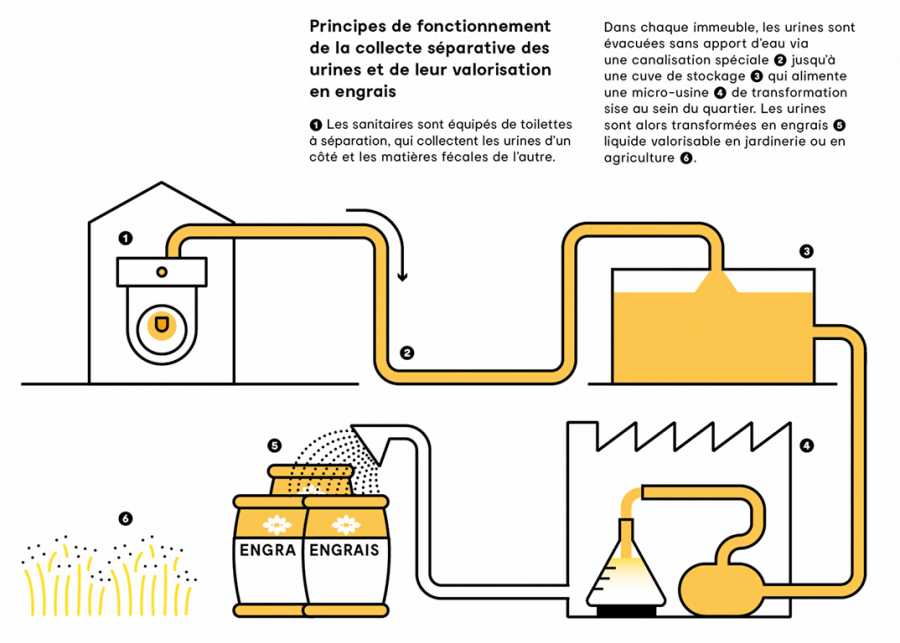Separation at the source
A solution against micropollutants?
Our wastewater treatment plants are definitely not made to treat micropollutants. This is what the INRAE study shows in an article published in Water Resarch (January 2021) and relayed by Le Monde (Dec. 4, 2020). More than 147 tons of micropollutants are thus discharged into French water bodies in 5 billion cubic meters of treated wastewater.
Micropollutants? These are molecules that are found in very low concentrations (from picograms per liter to micrograms per liter) and yet have a significant effect on ecosystems. They include pharmaceutical residues, additives in detergents, cosmetics but also plant protection products, metals, hydrocarbons and many others.
The study has already focused on 261 organic micropollutants. Their effects on ecosystems and human health have been evaluated. Although for a large number of molecules, no data are available on their toxicity, a very small number of molecules can explain the majority of the toxicity for humans and ecosystems.
So what can be done? First of all, reduce these pollutions at the source as much as possible. Then, for uses that are difficult to eliminate, such as medicines, targeted treatment of urine and faeces could eliminate the risk of discharge into the natural environment. Indeed, our body excretes the unused or transformed surplus of medicines. It would be much more energy efficient to treat only our 1.5L of urine produced per person per day rather than our 150L/d/pers of wastewater.
The separation of urine and feces could thus partly meet this challenge. In addition, urine is rich in nutrients that are essential to agriculture as a fertilizer. Once the drug residues are treated, a fertilizer can be produced.
By participating in the DESIGN project, Le Sommer is thinking about tomorrow's sanitation to meet the challenges of circular economy, limiting climate change and the quality of watercourses.
